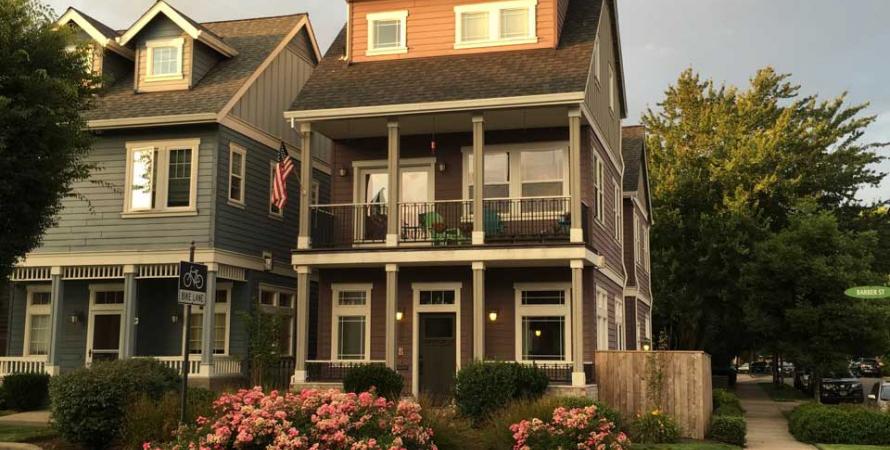-

The benefits of ‘skinny houses’
Single-family housing on narrow lots, sometimes called “detached townhouses,” can solve many problems for small-lot, economical, and efficient housing.Much attention is paid to “Missing Middle” housing types that meet the needs of diverse households, can fit in walkable neighborhoods, and are often more affordable. Common types include duplexes, four-plexes, townhouses, courtyard dwellings, accessory units, small apartment buildings, and cottages...Read more -

Bringing back building types: conservation biology, or Jurassic Park?
How does our world now compare to the conditions under which prehistoric creatures or historic building cultures thrived?You have to admit it: vanished species that used to fill the globe have a certain appeal. From the time I was a four-year-old playing with dinosaurs to my current work with Missing Middle Housing, I’ve been fascinated by life from the past and continually asking why certain things seem to have...Read more -

Multiunit courtyard housing fits the historic context
A small site project offers density and new housing options for Hyannis, Massachusetts, with design that improves an old streetscape.Sea Captains Row is a missing middle rental development on 1.6 acres in the historic district of Hyannis, Massachusetts. Pleasant Street was “once home to early sea captains and a vital link between the train station and Hyannis Harbor,” explains Union Studio, which won a missing middle Design...Read more -

Arlington missing middle law struck down
While missing middle housing is often touted as an answer to rising housing prices, a Virginia court struck down a statute in Arlington, Virginia in late September. A group of property owners sued Arlington County (effectively a satellite city to DC) over its law allowing up to six dwelling units...Read more